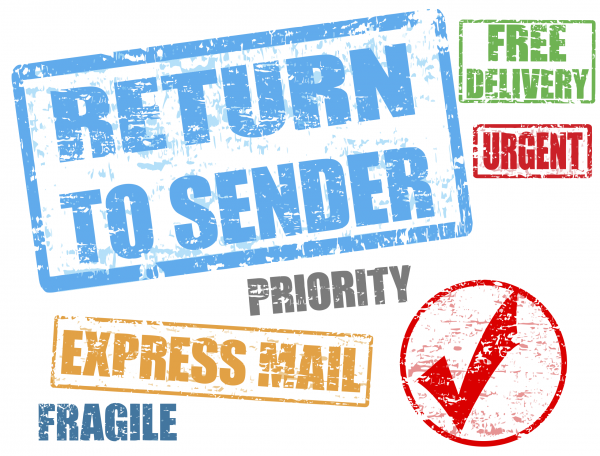
As the flu subsides some, I feel ever so cranky and, hehe, suspicious. So I look askance at the newest Gmail changes and ask my favorite question: "Who benefits?" By product manager John Rae-Grant's reckoning, you do. But Google gains more from plans to display remote images.
Yeah, images make your email look prettier, when Uncle Duck sends a collage of his vintage Winchester and new truck. But they also snazz up spam -- the stuff you don't want -- and advertising collateral you desire about as much but which is gold to Google and its partners. Stated differently, and I will explain why later: Gmail image changes make Google spam's middleman. Say, can some grifter give a con game's name in comments to this thing?
Some important background: One of the best ways to control spam is to turn off remote images in email. Plain, pure, and simple. Many spammers and so-called legitimate marketers use clear gifs -- images you don't see -- to track messages. When the email client opens these "web beacons", a remote server is pinged. In the least offensive form, the process informs the sender that the address is active. But the original HTML email, or subsequent ones, can do more, such as record your IP address, track your location or lay down cookies.
I've blocked remote images seemingly forever, and there is an absolute correlation to spam. I get less whenever keeping images out of email -- even from known marketing brands.
Rae-Grant asks: "Have you ever wondered why Gmail asks you before showing images in emails? We did this to protect you from unknown senders who might try to use images to compromise the security of your computer or mobile device".
That's the wrong answer. Because information sniffing is more easily done and offers the email sender more immediate benefits. Just so you don't lose the plot line, a reminder: Google is in the information-sniffing business, too.
Rae-Grant says Gmail will now load `em up, but "instead of serving images directly from their original external host servers, Gmail will now serve all images through Google’s own secure proxy servers...you’ll never have to press that pesky 'display images below' link again. With this new change, your email will now be safer, faster and more beautiful than ever".
So let me understand this. Google will host images it doesn't own, stripping out God knows what (or, gulp, not)? The search and information giant assumes the middleman role delivering images, from marketers and spammers. The HTML code around matters more. The image merely is the trigger. So Google must modify the code to keep third-parties from learning if you opened a message, which one, and from where (PC or mobile device).
But an information-collector remains. That's Google, which also benefits if images promoting its own services, like Play, are automatically displayed. Once Google becomes proxy for marketers, it has services to sell them. Gmail displays ads by rules Google defines. For a company that takes in more than 90 percent of revenues from advertising and related products, by serving as middleman between online marketers and consumers, Google has helluva incentive to take -- what's the mobster phrase -- collection money from emailers.
Then there is mobile, which is advertising's Holy Grail. But since Gmail changes are PC now and Android and iOS next year, let's save mobile madness for the future.
I don't mind clicking "display images" on Uncle Duck's emails. It's an easy, extra step. Google gives good reasons for you to block remote messages in Gmail, if asking the one question that matters most: "Who benefits?"
Photo Credit: ducu59us/Shutterstock

